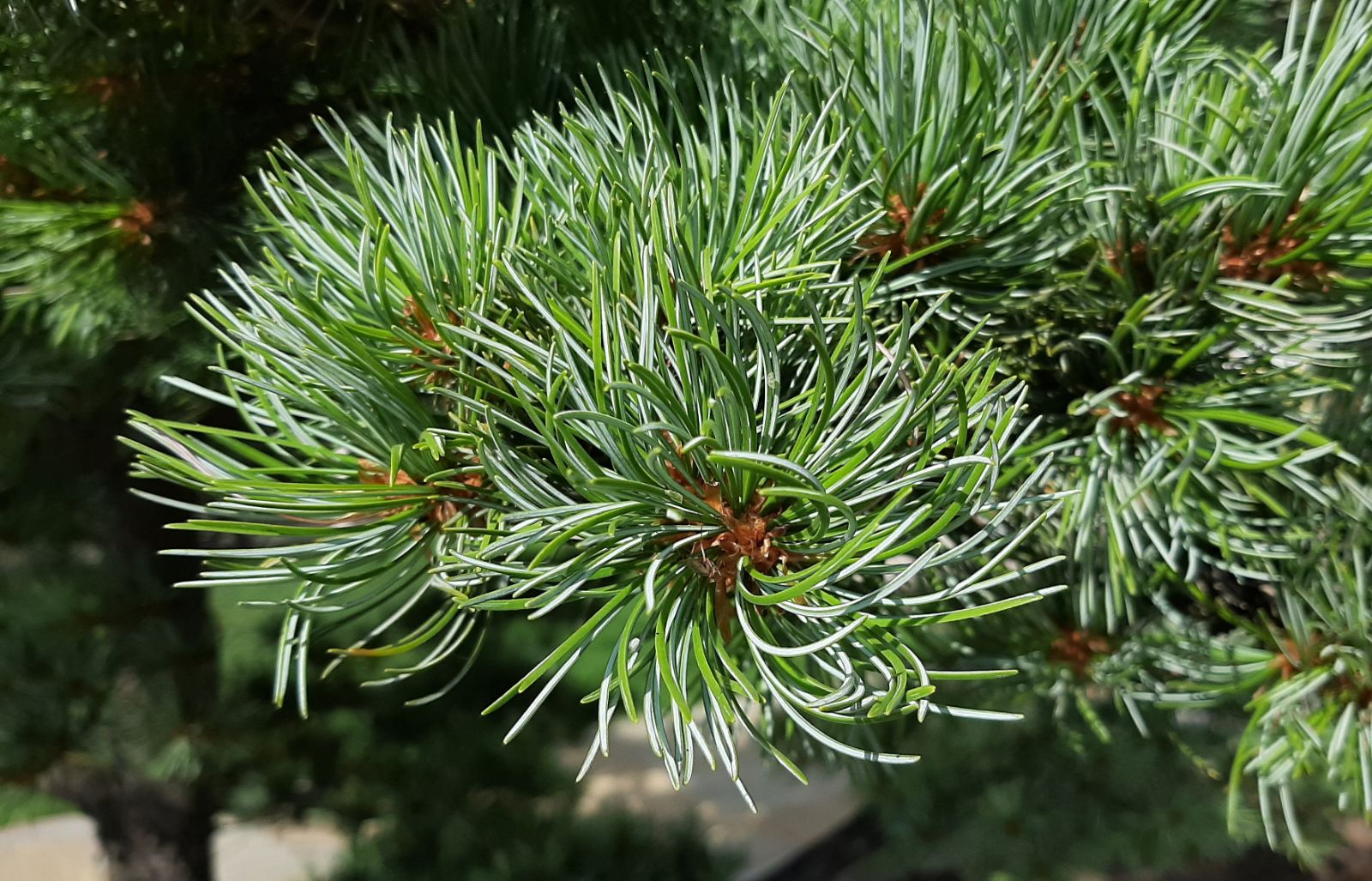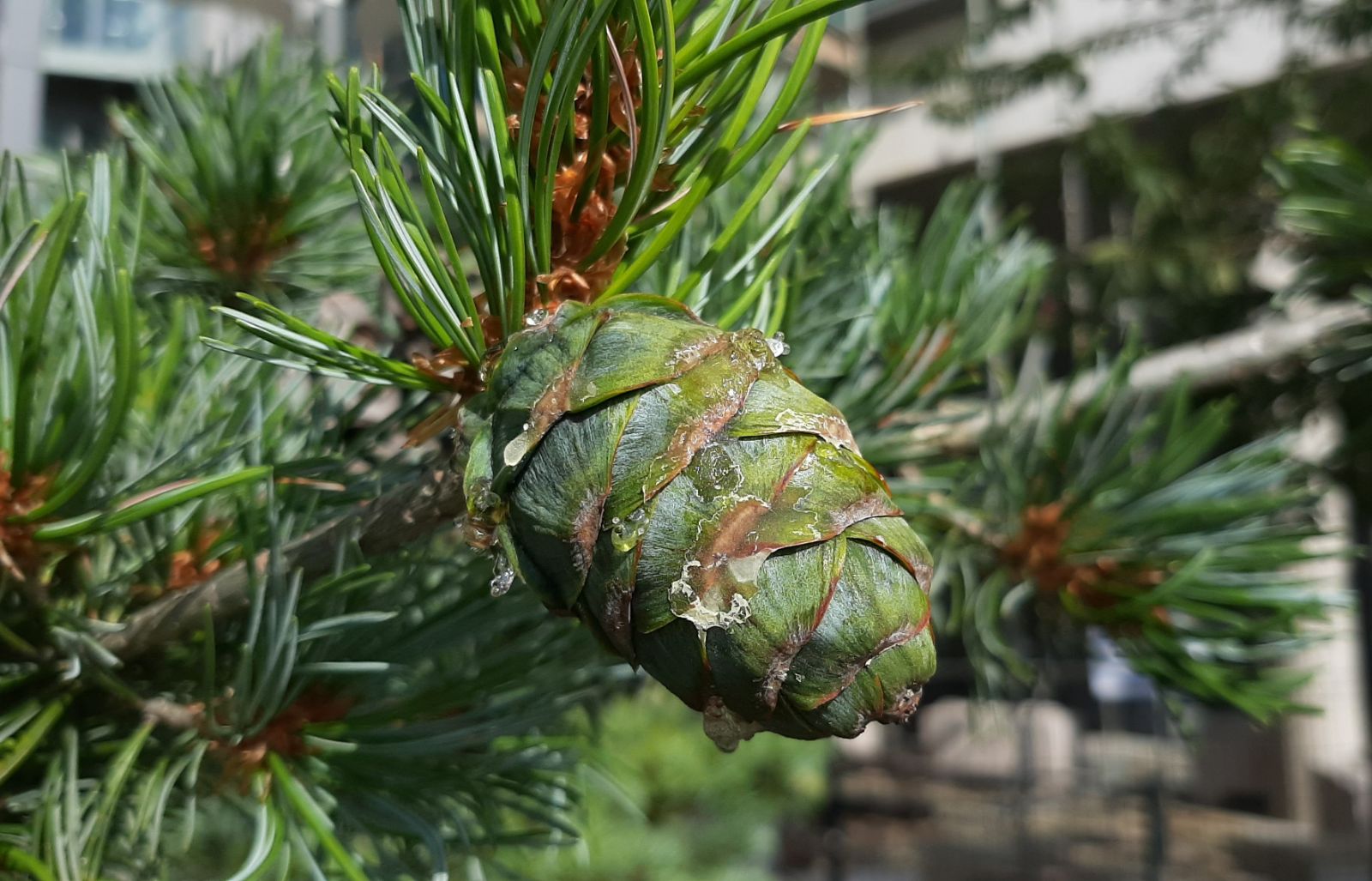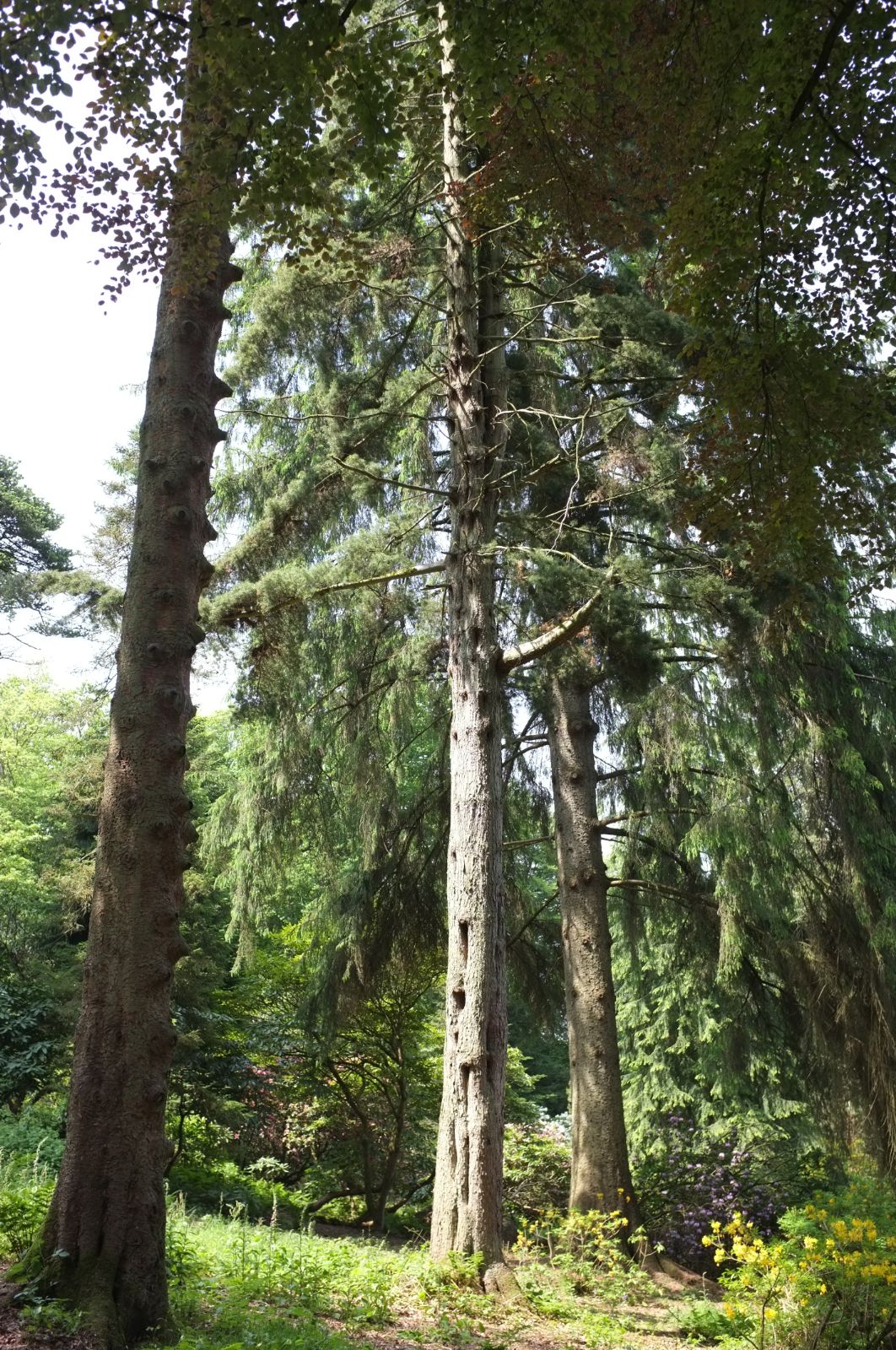Pinus parviflora
Credits
Article from Bean's Trees and Shrubs Hardy in the British Isles
Recommended citation
'Pinus parviflora' from the website Trees and Shrubs Online (treesandshrubsonline.
Genus
Common Names
- Japanese White Pine
Synonyms
- P. pentaphylla Mayr
- P. parviflora var. pentaphylla (Mayr) Henry
- P. himekomatsu Miyabe & Kudo
Infraspecifics
Other taxa in genus
- Pinus albicaulis
- Pinus arizonica
- Pinus armandii
- Pinus attenuata
- Pinus ayacahuite
- Pinus balfouriana
- Pinus banksiana
- Pinus bhutanica
- Pinus brutia
- Pinus bungeana
- Pinus canariensis
- Pinus cembra
- Pinus cembroides
- Pinus chiapensis
- Pinus contorta
- Pinus coulteri
- Pinus culminicola
- Pinus densata
- Pinus densiflora
- Pinus devoniana
- Pinus durangensis
- Pinus echinata
- Pinus edulis
- Pinus elliottii
- Pinus engelmannii
- Pinus eremitana
- Pinus flexilis
- Pinus gerardiana
- Pinus greggii
- Pinus × hakkodensis
- Pinus halepensis
- Pinus hartwegii
- Pinus heldreichii
- Pinus henryi
- Pinus × holfordiana
- Pinus hwangshanensis
- Pinus jeffreyi
- Pinus johannis
- Pinus koraiensis
- Pinus lambertiana
- Pinus leiophylla
- Pinus longaeva
- Pinus massoniana
- Pinus maximartinezii
- Pinus monophylla
- Pinus montezumae
- Pinus monticola
- Pinus morrisonicola
- Pinus mugo
- Pinus muricata
- Pinus nelsonii
- Pinus nigra
- Pinus oocarpa
- Pinus orizabensis
- Pinus palustris
- Pinus patula
- Pinus peuce
- Pinus pinaster
- Pinus pinceana
- Pinus pinea
- Pinus ponderosa
- Pinus pseudostrobus
- Pinus pumila
- Pinus pungens
- Pinus quadrifolia
- Pinus radiata
- Pinus remota
- Pinus resinosa
- Pinus rigida
- Pinus roxburghii
- Pinus sabiniana
- Pinus serotina
- Pinus sibirica
- Pinus strobiformis
- Pinus strobus
- Pinus sylvestris
- Pinus tabuliformis
- Pinus taeda
- Pinus taiwanensis
- Pinus teocote
- Pinus thunbergii
- Pinus torreyana
- Pinus virginiana
- Pinus wallichiana
- Pinus wangii
- Pinus yunnanensis
A tree usually 50 to 70 ft in the wild, occasionally attaining 100 ft; young shoots minutely downy; winter-buds ovoid, 3⁄16 in. long, some of their scales free at the tips. Leaves in fives, falling the third year, 11⁄2 to 21⁄2 in. long, very slightly toothed on the margin, twisted, with silvery lines of stomata on the inner surface; leaf-sheath 3⁄8 in. long, deciduous. Cones egg-shaped, 11⁄4 to 4 in. long, oblong-ovoid, usually produced in whorls of three or four, borne in extraordinary profusion even by quite young trees.
A native of Japan; introduced by J. G. Veitch in 1861. As usually seen in this country it is a slow-growing, bushy tree with rather dark needles. As it bears heavy crops of cones, which turn back after opening and persist on the branches for six or seven years, it is not very ornamental. This form has the appearance of a Japanese garden variety and the plants may have been imported from one of the Japanese nurseries early this century or in the last decades of the 19th century. Or it may derive from the original introduction by Veitch. The normal wild form is rare in Britain, the most notable example being a tree at Stourhead, Wilts, measuring 69 × 61⁄2 ft (1970).
From the Supplement (Vol. V)
specimens: Stourhead, Wilts., 82 × 7 ft (1984); Leonardslee, Sussex, 75 × 4 ft (1984); Tregrehan, Cornwall, 66 × 71⁄2 ft (1974); Boconnoc, Cornwall, 56 × 81⁄2 ft at 2 ft (1983); Castle Milk, Dumfr., 69 × 61⁄2 ft at 3 ft (1984).
cv. ‘Glauca’. – The botanical form of the name – f. glauca Beissn. – is preferable, since several glaucous-leaved variants have been introduced from Japan.
† cv. ‘Negishi’. – An old Japanese cultivar, recently introduced to Europe. Its ultimate height is uncertain, but it will probably be dwarfer than what is usually sold as ‘Glauca’, which it resembles in its blue-grey foliage.





